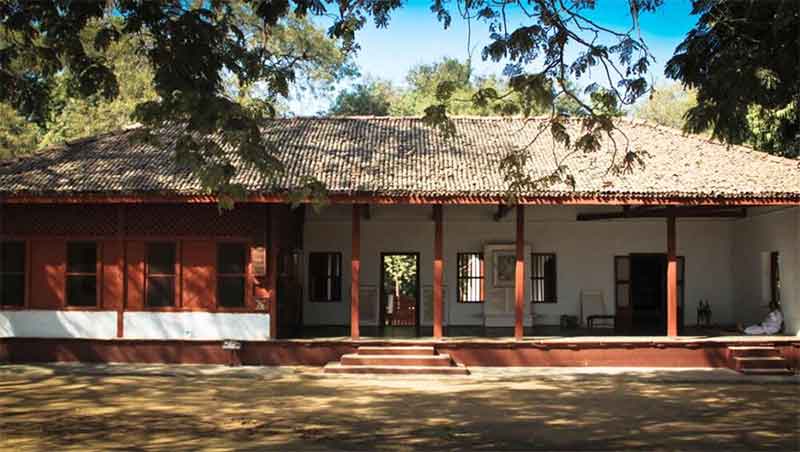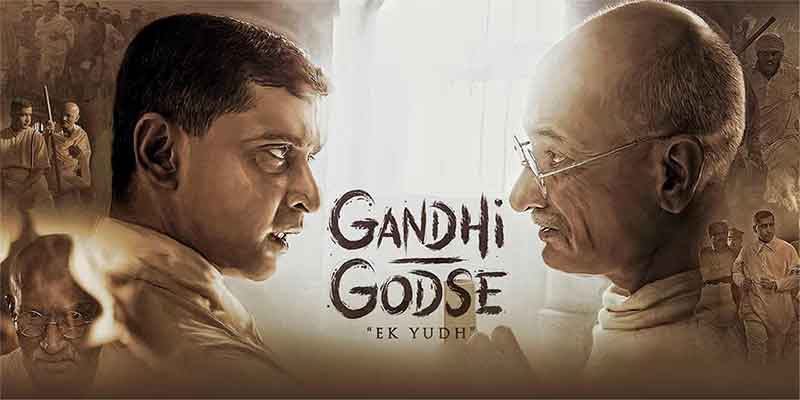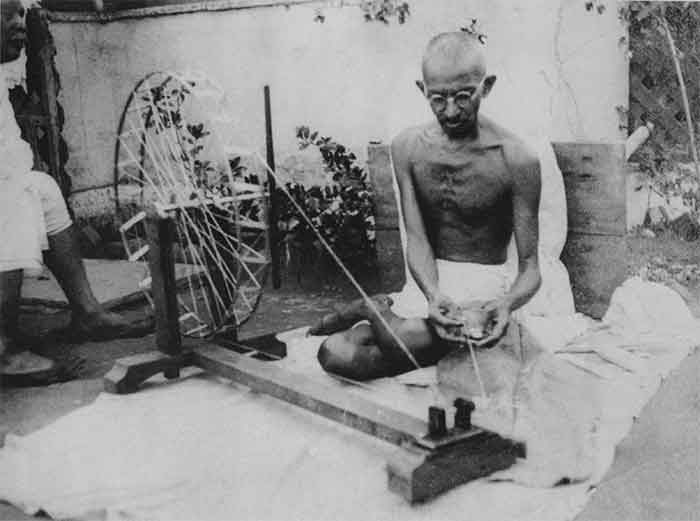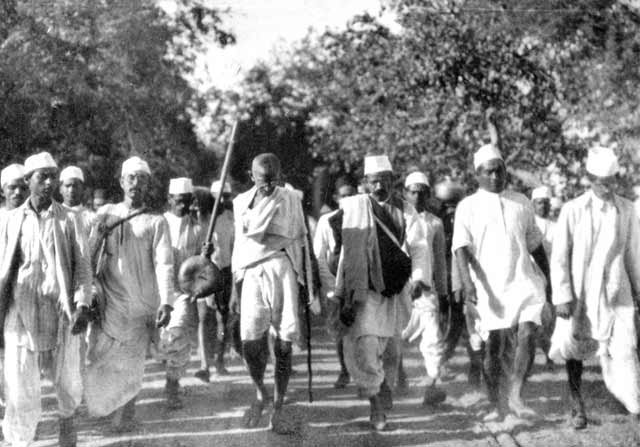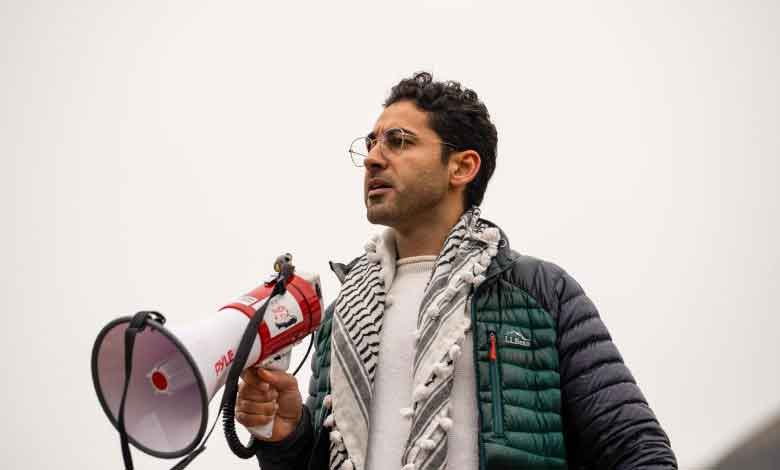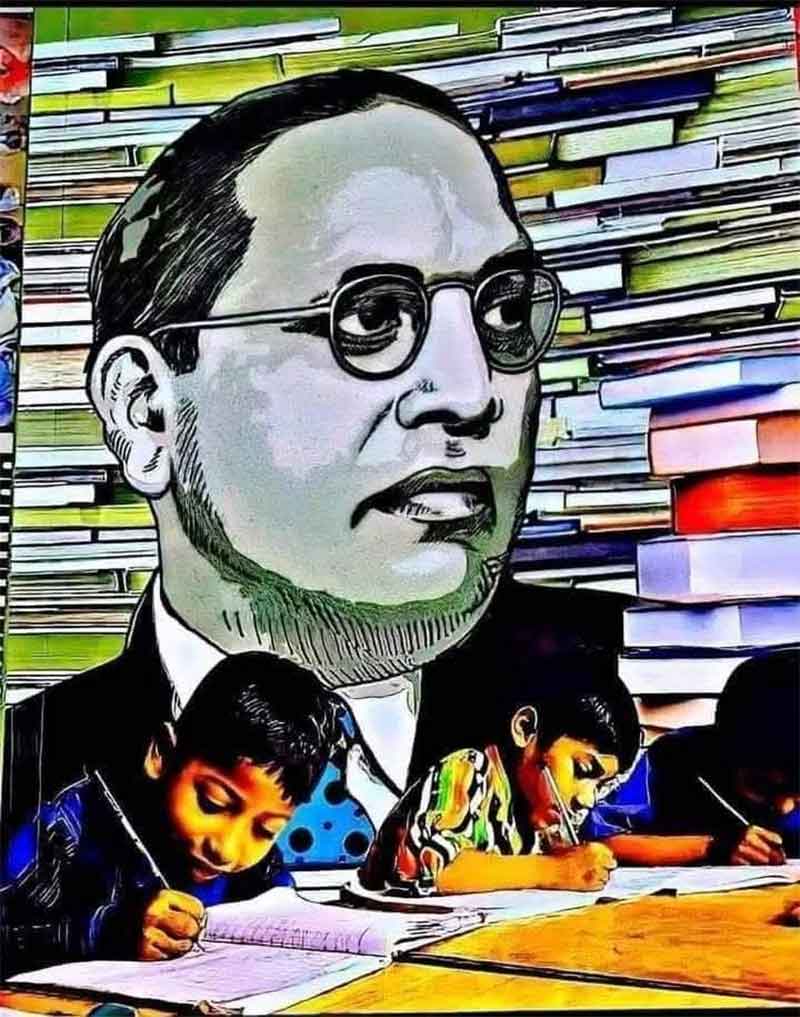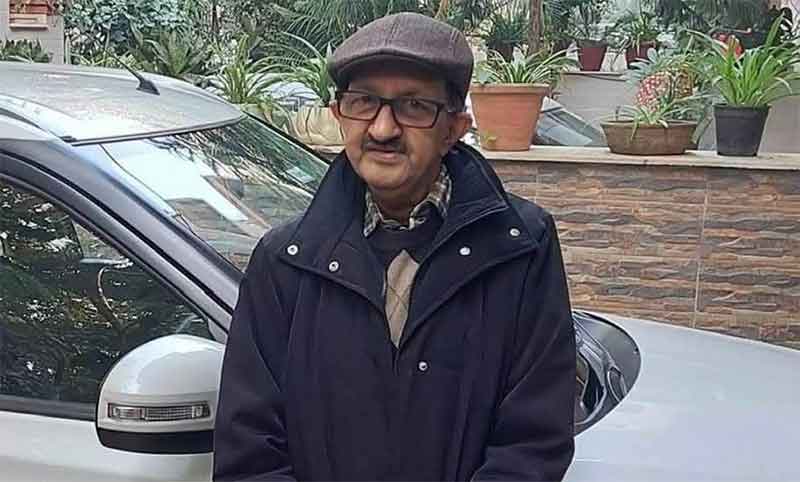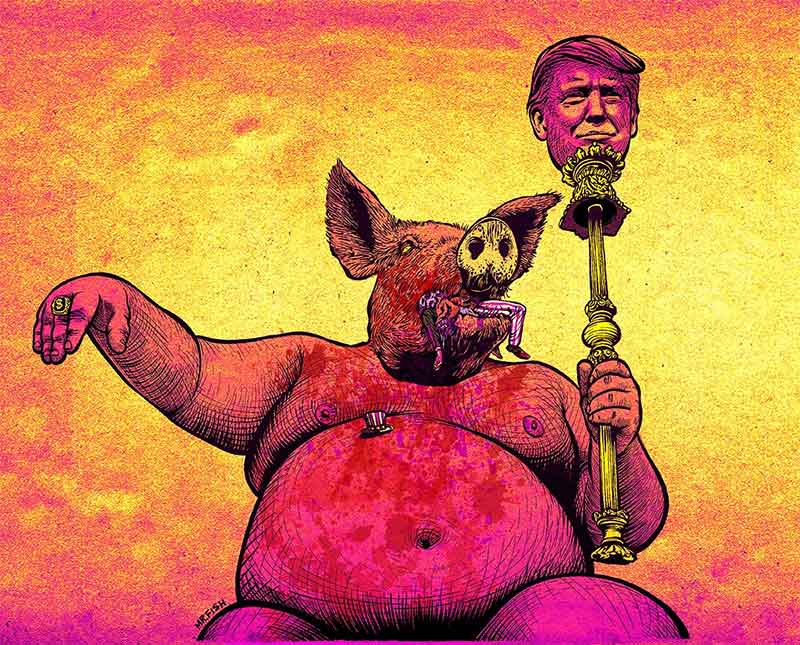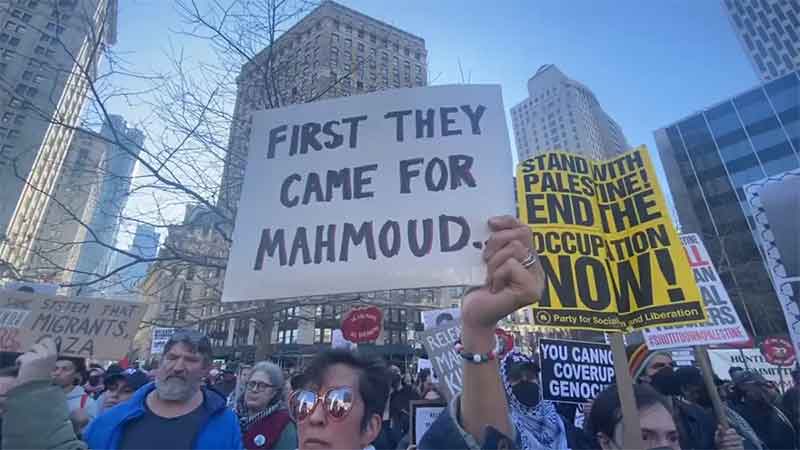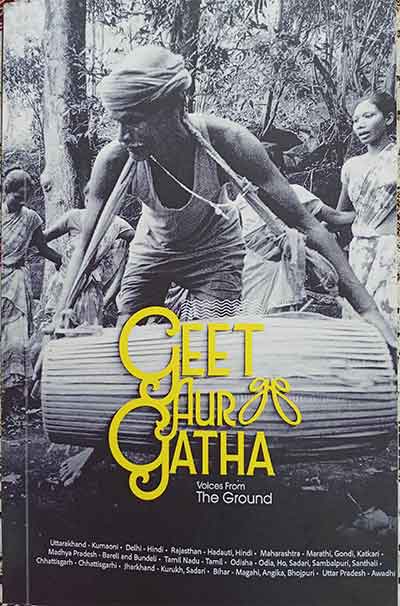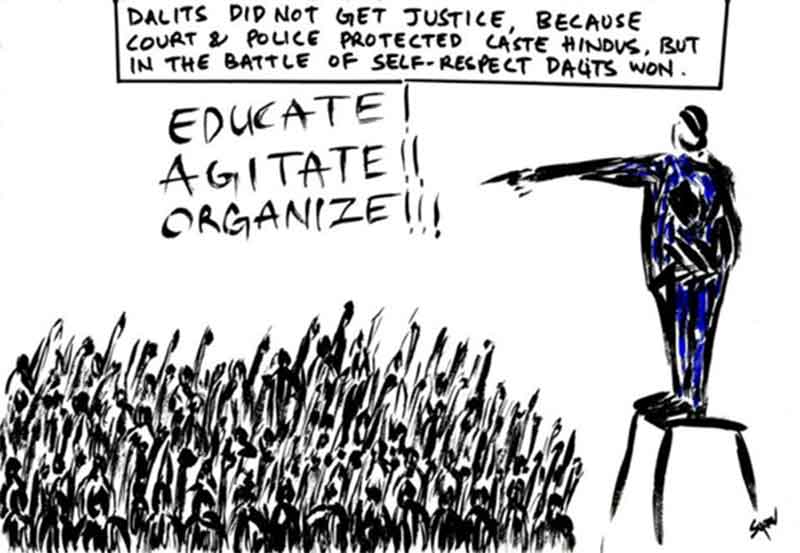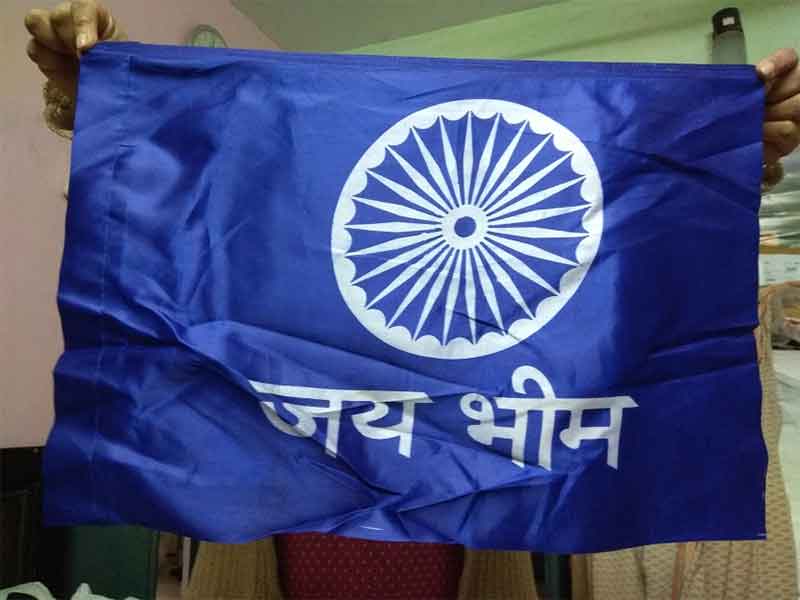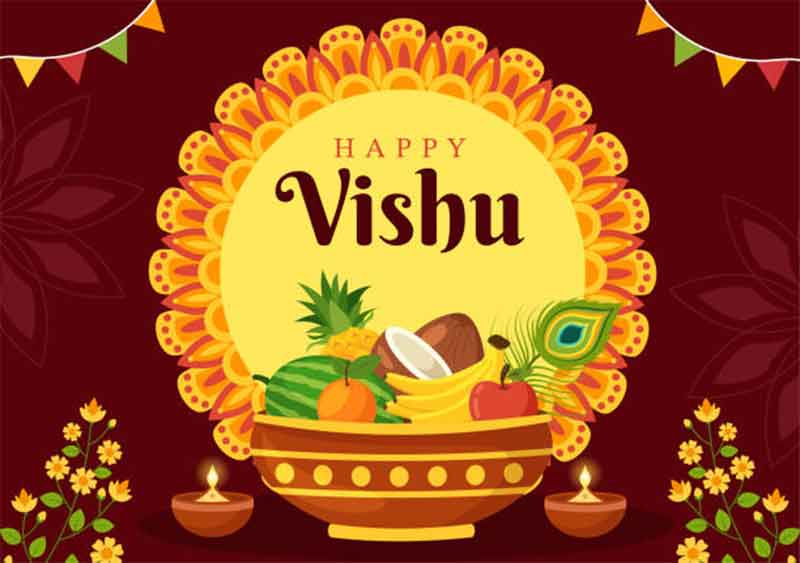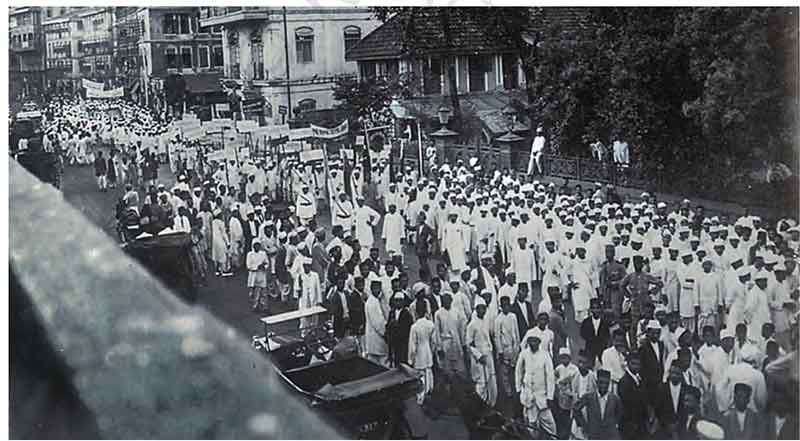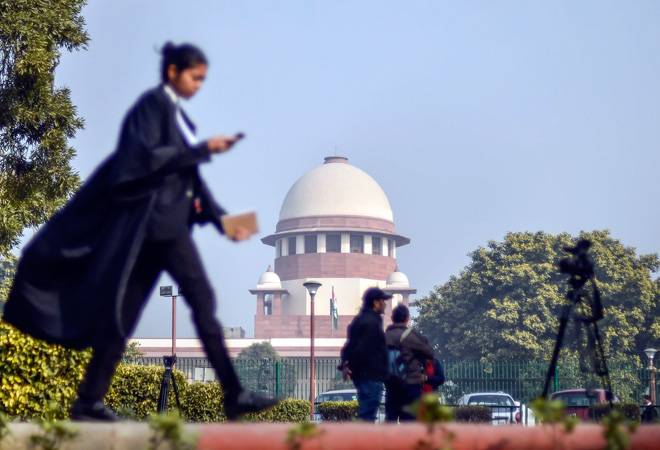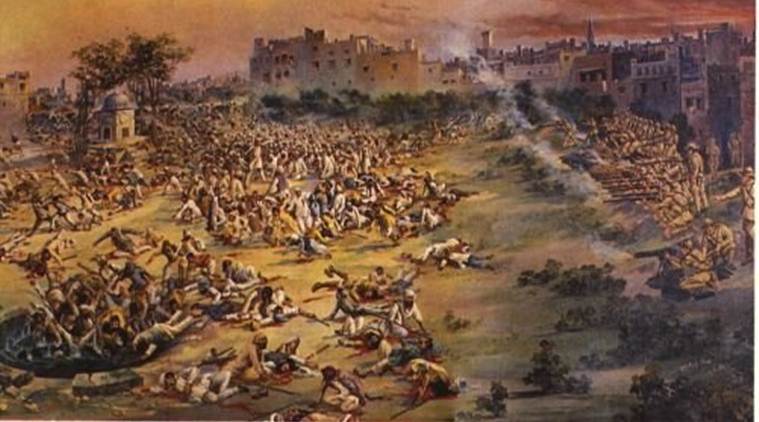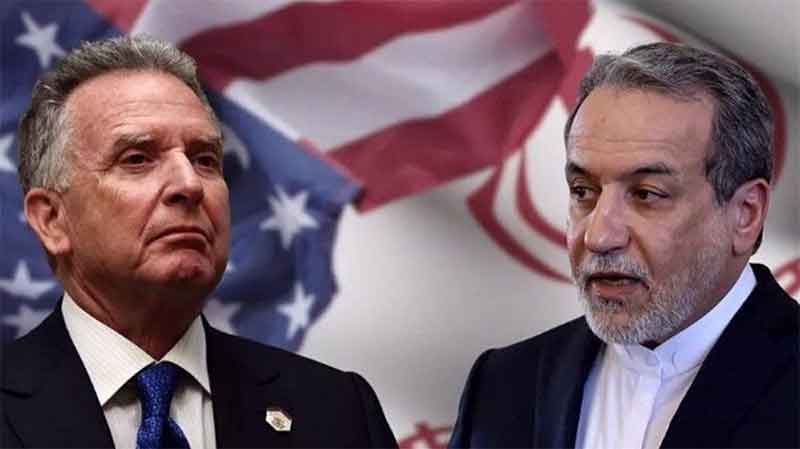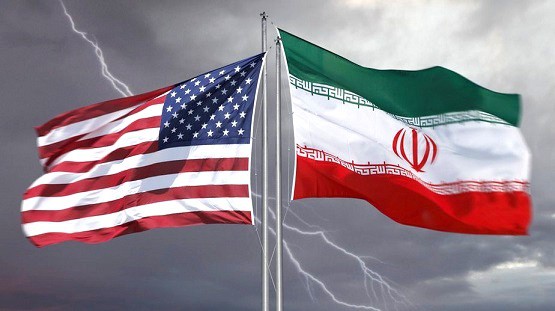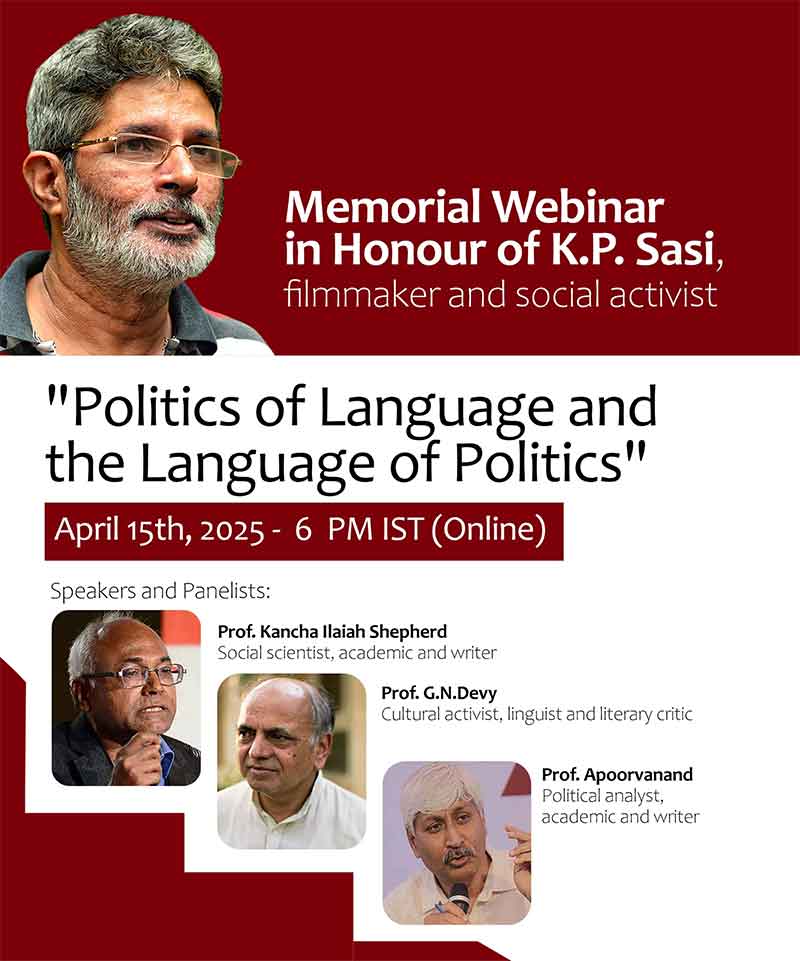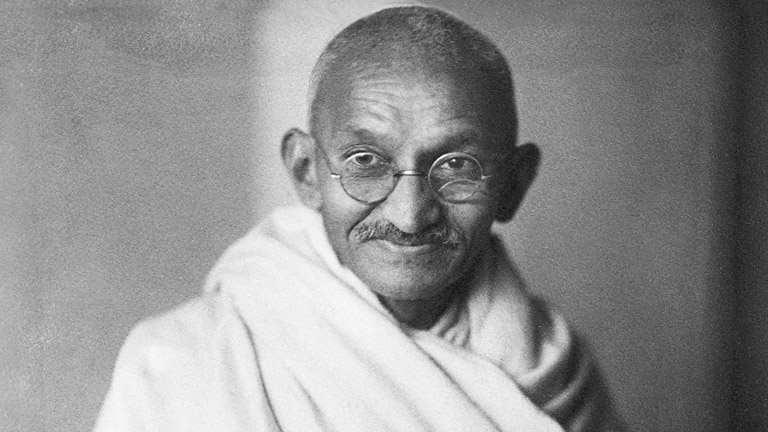
The trend of pro-Godse slogans and reciprocally anti-Gandhi slogans on Twitter, such as “Long Live Nathuram Godse,” has become common on Gandhi-affiliated days. This behavioural shift, however, towards Mahatma marks a recent development. Gandhi faced criticism throughout his life, and afterwards, from rivals all across the spectrum, but those earlier denunciations were rarely personal; on the contrary, they only reflected ideological fissures. What we are witnessing nowadays is a resolute and deliberate attempt to discredit Mahatma’s contribution to the Indian freedom struggle and society at large. A resilient attempt to unearth alternate, veiled protagonists of the independence struggle is underway; subalterns and Hindu nationalists have been the prime actors in it.
In Gandhi’s philosophy, the fundamental idea of Ahimsa, commonly interpreted as non-violence, is the most contended of all. Although the idea of non-violence is as old as mountains, in contemporary India, the concept is usually considered synonymous with Gandhi. The efficacy and contribution of this principle, particularly in the independence movement, have been questioned ad nauseam. Terming non-violence as the “weapon of weak people” has become a common stereotypical response.
Repudiating the then-existing historical interpretations for being elitist, a group of historians in the 1980s, building on Marxist ideology, made a bold move by initiating an enterprise of subaltern studies. The valorization of violent revolution professed by Marxist and post-colonial scholars, thus inherently by subalterns, collided with Gandhi’s disciplined, non-violent form of revolution. Harsh Trivedi posits in his work “Revolutionary Non-Violence” that the name of Gandhi in subaltern studies has been ignored “as if to touch Gandhi with a barge pole would somehow contaminate or compromise the self-proclaimed radicalization of postcolonial discourse.” When rarely mentioned, “it is nearly always in terms of disapproval, denigration, and denunciation.” (Trivedi H., 2011) The use of belittling phrases, such as “a revolution is not made by fasting,” recapitulates their conception of Gandhian methods.
What they presented is a distorted version of Gandhi’s actual views; Gayatri Chakravorthy Spivak’s comparison of Satyagraha to a hunger strike illustrates it. Additionally, a fervent bid to portray Gandhi himself as a supporter and upholder of violence was made. Gandhi’s role was asserted as an instigator of violence in the Chauri Chaura incident and the Quit India Movement. The limitations of a subaltern’s version of historical events stem from the questionable methods employed by them for reconstructing the past; for instance, the use of unreliable and untested sources such as the oral testimonies of people. The arguments thus propounded were based on the people’s recollection of events that had occurred several years ago.
Another post-1980s development was a surge in the Hindutva’s following. Its ideological architects were among the staunchest opponents of Gandhi, whose ideology clashed grievously with Gandhian principles. Hindutva is not Hinduism, and vice versa. “Hindutva is a modern political ideology that views India as a Hindu nation and defines Indian culture in terms of Hindu cultural values.” (Ramachandran S.,2020) Madhav Sadashiv Golwalkar, Savarkar’s ideological successor and founder of the RSS, said that the foreign races must either adopt Hindu culture and religion or stay in the country as second-class citizens. Professing Hindu supremacy and projecting a discriminatory outlook, the ideology can thus be understood as inherently violent. Additionally, the use of violence is also justified in achieving a Hindu state.(Madhav Sadashiv Golwalkar, 1939) Gandhi, on the other hand, categorically rejected violence in any shape or form. Gandhi believed in the harmonious existence of all religions under one roof, whereas the activities of the RSS and its fraternal organisations resulted in the breeding of communalist tendencies.
With the coming of the BJP, the political wing of the RSS, into power, Hindutva’s ideology has received the government’s assistance. The partitioning policies pursued by the BJP, particularly since 2014, have resulted in inter-religion unease, thus severely hurting the principles of non-violence and peace that Gandhi died promulgating. From tempering the academic discourse of history to changing the names of buildings and roads, an effort is underway, under the guise of historical reconstruction of the golden past, to tarnish Gandhi’s personal stature. Arguments tainting the moral character of Gandhi have become common.
Overall, society’s loss in desecrating Gandhi is irreparable. There is a dire need to make present and upcoming generations cognizant of the instrumental role of Ahimsa and Gandhi in our freedom struggle. Realising that, though a violent revolution may provide faster results, objectives achieved through non-violent means can be expected to last longer is imperative. Mahatma’s contribution to our society undoubtedly makes him the supreme leader of the national freedom movement. The applicability of his ideas is ageless. To reap perpetual benefits, Gandhi’s ideas need to be decrypted, studied, developed, and propagated.
Anmoldeep Singh is a third-year undergraduate student, pursuing a Hons. degree in Political science from Kirorimal College, University of Delhi.
References
- Trivedi, H. (2011). REVOLUTIONARY NON-VIOLENCE: Gandhi in Postcolonial and Subaltern Discourse. Interventions, 13(4), 521–549. https://doi.org/10.1080/1369801X.2011.628114
- Ramachandran, S. (2020). Hindutva Violence in India: Trends and Implications. Counter Terrorist Trends and Analyses, 12(4), 15–20. https://www.jstor.org/stable/26918077
- Madhav Sadashiv Golwalkar, We, or Our Nationhood Defined (Nagpur: Bharat Publications,1939), pp.47-48.

